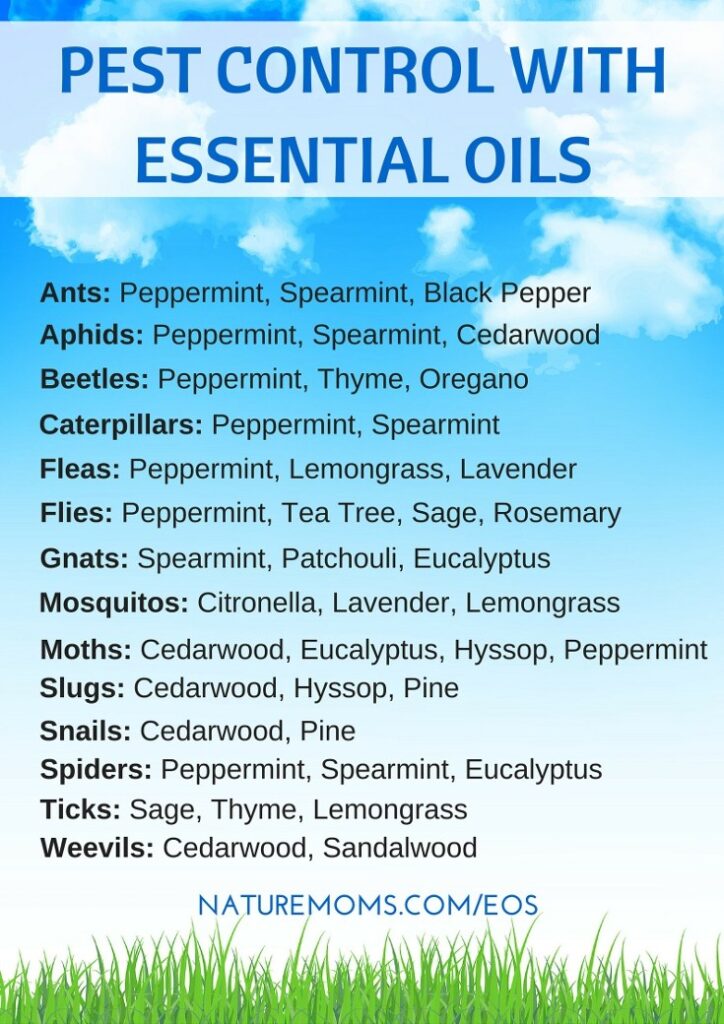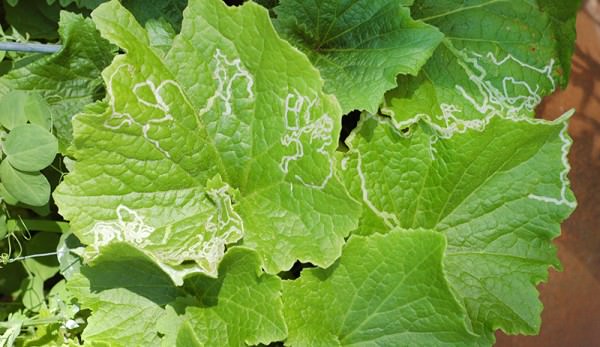
No matter how careful you are, if you are growing anything, indoors or out, you will eventually have to deal with pests. Many “organic” growers I have met do not seem to fully understand what pesticides are and people who are not growers do not seem to have a complete understanding that organic growers can use pesticides. There is a lot of confusion in defining what exactly a pesticide is as well as what “pests” are. The misuse of terms occurs on both the organic and conventional (non-organic) sides of growing. Many conventional growers think that organic growers just let their plants grow and do not use any pesticides; hoping nature will run its course.
It is a bit frustrating to see tests at universities where plots are labeled “organic”, meaning they did absolutely nothing (sometimes not even fertilizer!), and one plot “treated” where they hit it with various pesticides, fertilizers, etc. It is hard to believe that this myth about organic agriculture is still perpetuated by universities today. There are many natural pesticides that organic and conventional growers can use. Because, in reality, good organic growers don’t just sit there and watch their plants die because of a pest infestation, they are very proactive. Often times, they are so conscious of pest problems they seek preventative measures as much as possible. I contacted several organic growers and asked them what they use for pests. Below are some of the most common approaches they take when they have problems.
Prevention Through Management
Like humans, plants have several growing requirements. These include proper nutrition, proper amounts of water, sun or light exposure, and proper temperature. If any of these go out of balance, the chances of the plant getting sick increases and its ability to fight off the sickness decreases exponentially. Simple things such as planting a shade-loving plant in direct sun and not giving it enough water will stress the plant so much pests will come and attack it. Likewise, over-watering plants, tomatoes for instance, will result in fungal problems and white fly outbreaks. Changing temperatures in a greenhouse too quickly or slowly will result in leaf minor and other stress related issues. Lastly, adding too much or too little nutrition will also result in a sick plant. Pests see in different color spectrums than humans. When plants are sick their color will change, enabling pests to see them, resulting in various pest infestations. Prevention of problems such as these are possible by paying attention to the plant’s needs for watering, nutrition, light, and air movement, allowing the grower to avoid having to use pesticides in the first place.
Plant health is dependent on soil health. Soil health involves incorporating organic matter to get the highest levels of organic matter possible in the soil. Organic matter is possibly the most important factor of soil health. High levels of organic matter create a chain reaction of benefits for plants that that are beyond the scope of his article. Organic matter is increased through biology (worms, microbes, fungi, etc.), carbon materials (compost, humic acids), and plant materials. By managing soil health, you are preventing/mitigating many potential problems that would be caused by stressed plants.
When pest outbreaks do occur, there are several options… safe and not safe. Pesticides are not all highly toxic to people or the environment. There are safe alternatives, or ‘soft’ chemicals that are mostly used by organic growers, but many conventional farmers are starting to recognize the benefits of many of these alternatives. Following is a list of some of the less-toxic solutions that are effective and require little or no safety precautions when used. Carefully read the labels before purchasing or using these products. Even though they are natural, some of them can still get people or animals sick if used improperly.
Insecticidal Soaps
Insecticidal soaps work on soft bodied insects. The soaps only work when coming into direct contact with an insect. The soaps use fatty acids to disrupt the structure and permeability of the insects’ cell membranes. The cell contents leak from the damaged cells and the insect quickly dies. Soaps are diluted in water and sprayed on soils and on plants. Yucca and a few other bark materials that have saponin are also used as insecticidal soaps. Anyone that has seen and exterminator kill a wasp or bee hive knows they use soap and water.
Essential Oils
The following essential oils all have known pesticidal properties: Rosemary, Peppermint, Clove, Lavender, Tea Tree, Pine oil, Thyme oil, Orange oil, Cedarwood, Hyssop, Citronella, and Oregano oil. In addition to these, there are a couple other oils from trees in India that have pesticidal properties that have been known for hundreds (if not thousands) of years. These include Karanja and Neem. Neem oil contains azadirachtin as an active ingredient. Azadirachtin has been found to be very effective for over 600 species of insects. Karanja Oil is extracted from seeds of the Karanja Tree (Pongamia glabra) which is commonly found in India. Karanja Oil is used in agriculture just like neem oil. It has similar insecticidal properties as neem oil and acts against a number of pests and insects. Some oils, such as orange oil, can eat through the exoskeleton of hard bodied insects, leading to their demise. The oils are mixed with soap, witch hazel, or alcohol and water and sprayed on the plants and soils to control pests. Applications are made on a regular basis during the growing season.
Integrated Pest Management
Integrated Pest Management, or IPM, is a biological intervention program for controlling pests. Common IPM strategies use beneficial insects such as ladybugs for aphid control or parasitic wasps for whitefly control. IPM programs are in use in farms, golf courses, and in public areas. These programs involve using insects, plants, birds and other organisms to control pest populations.

Beneficial Microorganisms
Many beneficial microorganism products also make great biological pesticides. The Bacillus and Lactobacillus species are well-known as anti-fungal for several types of fungal problems both on soils and plant leaves. Trichoderma is a fungus that colonizes roots and is a potent anti-fungal. Some other lactobacillus species are effective controls for various fungal problems such as Rhizoctonia, Pythium, and Fusarium. There are hundreds of naturally-occurring, NON GMO microbes that have a variety of pesticide applications. After all, the natural way microbes work is through a process known as competitive exclusion. Microbes can come in powders or liquids and can be spread on soils or sprayed on leaves. Many mix well with oils and soaps. It is best to apply them on a regular basis due to their short lifespan. And, it is often a good idea to mix diverse species to get broader effects.
Diatomaceous Earth
Diatomaceous Earth (DE) is a well-known pesticide. It is the skeletons of microscope organisms. The sharp edges cut into soft-sided insects that rub against it, causing them to bleed to death. DE is great for grubs. It can be applied in a liquid through a sprayer or spread out dry using a fertilizer spreader.
Preventative management is the best form of prevention. Watching temperature changes, focusing on soil health, nutrient requirements, plant spacing, and other stress factors for plants will go a long way. However, when problems arise, it is good to know there are several options, especially safe and effective ones. Nature has provided us with everything we need.
I would like to thank the many growers in the Facebook Group: Probiotic Farmers Alliance for their input on this article as well as several farmers with whom I work across the USA.
Eric Lancaster is Executive Vice President of TeraGanix, Inc., the exclusive North America distributor of Effective Microorganisms® and EM® Bokashi products. He has been using Effective Microorganisms® at home and commercially for since 1996. For more information, visit TeraGanix.com.
Related Articles & Free Email Newsletter
Deep Cleaning in the Greenhouse



Comment here